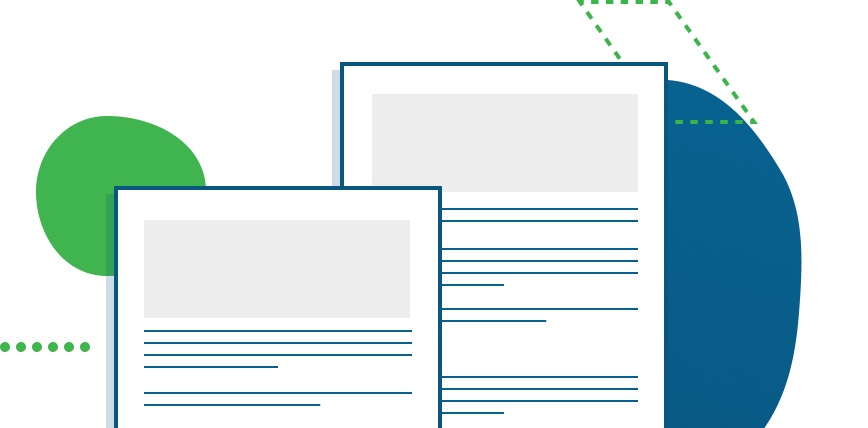by Andrea Longoni, Senior Training Specialist of Excellence Education
Daniel Kahneman is a psychologist and cognitive scientist, Nobel Prize in Economics in 2002 for his research on behavioral economics and judgment theory. He demonstrated how human choices are influenced not only by the objective value of what one is choosing, but also by the way choices are presented and by the perspective that is adopted. His most famous book, “Fast and Slow Thoughts”, published in 2011, analyzes the duality of our thought process, distinguishing between system 1, fast and automatic, and system 2, slow and analytical.
The relationship between system 1 and system 2 is one of interdependence and complementarity.
System 1 represents the automatic, fast and intuitive thought process, which allows us to process information immediately and to respond quickly to situations of danger or opportunity. This system is often based on stereotypes, cognitive biases (i.e. distortions in the perception and processing of information) and mental patterns acquired through experience. System 2, on the other hand, represents the analytical and rational thought process, which requires a greater cognitive effort and which allows us to process the available information in a more accurate and controlled way. This system is capable of analyzing information critically, evaluating the available options and choosing the most appropriate solution.
The two thinking systems are interdependent in that System 1 provides information and suggestions to System 2, which in turn controls and regulates System 1. In other words, System 2 can use the information provided by System 1 to make informed decisions and rational.
However, the two systems can also conflict when System 1 makes an incorrect judgment or impulsive decision, which System 2 then has to correct or analyze more carefully. In summary, System 1 and System 2 work together to provide a solid foundation for human decision-making, but it is important to be aware of the potential limitations and cognitive biases of System 1, and to use System 2 to analyze and evaluate decisions. more accurately and rationally. However, biases are common to both systems of thinking and can affect the quality of decisions.
Knowing the different types of bias is useful for learning some techniques to defuse them. Take for example the confirmation bias, which leads our brain to automatically select information useful to support and confirm our beliefs, a useful technique to defuse it is to actively seek information that contradicts our beliefs. This way, we are more inclined to consider all available options and come to a more objective conclusion.
In general, it is always important to pay attention to the decision-making processes that are implemented. It is only by exercising this kind of awareness that one becomes able to recognize biases and prejudices of one’s thought patterns and learns to avoid or correct them when necessary.
It is important to recognize that biases can also have a positive application. In fact, it is possible to use them consciously during the negotiation, facilitating the customer’s choice up to the purchase. In this case we speak of “persuasion”, User Experience, not of deception. The aim is to facilitate the decision-making process, make it fluid. Exploiting cognitive biases to help the client make a decision in his best interest requires some knowledge of the biases themselves and of the persuasion techniques that can activate system 1. Let’s look at some of them:
- Use simple and direct language: System 1 tends to prefer simple and easy-to-process information, so it is important to use clear and immediately understandable language for the customer.
- Exploiting the perception of risk and loss: System 1 is often influenced by the fear of losing something or suffering harm; therefore, it is possible to use this perception to emphasize the benefits of the decision and the risks associated with not acting instead.
- Use multiple choice (for example: “Would you prefer to meet tomorrow at 10:00 or 11:00?”): System 1 tends to prefer options that offer multiple choice, as this allows him to process information easier and faster.
- Exploiting the power of social proof (for example: “Many of our customers, together with the purchase of this good/service, choose to buy this one as well”): system 1 is influenced by the opinions and actions of others; thus, social proof can be used to emphasize the approval or adoption of a certain decision by other individuals.
- Use the anchoring effect: system 1 tends to refer to the first piece of information it receives on a certain topic, therefore it is necessary to pay close attention to it, especially when we present a product, in order to immediately influence the customer’s perception.
The work of Kanheman, and many other scholars, show how the decision-making process is far from the classic canons of rationality, of slow data processing. Even when this slow processing occurs, through the activation of System 2, it is limited on the one hand by the knowledge, experience and data available, and on the other hand by the effort required for processing.
Being aware of how the human decision-making system works is the first step in making effective choices and directing others towards winning solutions.
